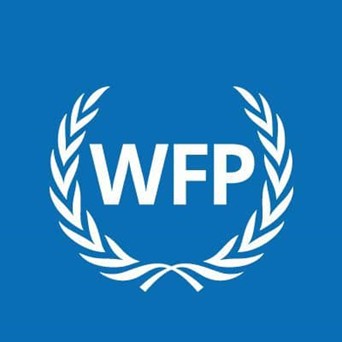A fresh start for the next-wave economies
Imagine that you are in a room with a group of international investors and corporate executives and you have the chance to tell them about a virtually untapped trove of investment potential. (Photo: Cheick Sidi Diarra)
There are nearly 50 countries, you will say, that among them have been growing at 6 or 7 per cent a year for most of the decade, and even during the depth of the downturn in 2009 managed to expand by more than 4 per cent. Most of them are rich in one or more of the natural resources that are highly prized today – petrol, metals, minerals, crops and arable land. Most of their governments are enacting investor-friendly reforms, and they have young and creative workforces.
Yet the way is still wide open for new business. These “next wave” economies currently attract only a percentage point or so of world investment. Their combined population of almost 900 million is largely untouched by large-scale marketers of consumer goods, in contrast to other fast-growing developing countries.
The up-side potential, you would say, is huge.
Now imagine again that you are addressing a gathering of donors and philanthropic organizations. You have to tell them about the most economically vulnerable nations in the world, where per capita income averages $500 – not a week or a month, but per year. Half of the population is living on little more than a dollar a day. Hunger, illiteracy and contagious diseases are endemic, and civil authorities lack the resources to cope with natural disasters. Governments, many of them coming to grips with recent or current national conflict, are often overwhelmed.
These two tasks, in essence, will be mine later this year, at a UN conference in Istanbul. As you may have guessed, the two groups of countries are actually one and the same. In UN parlance, they are the 48 “least developed countries”, or LDCs. Thirty-three are located in sub-Saharan Africa; 14 in southern Asia and Oceania; and one (Haiti) is in the western hemisphere.
Balanced on a knife’s edge between sorrow and hope, to my mind the case of the LDCs poses the next big globalization challenge.
The last two decades have witnessed a surge in the emerging market countries, such as Brazil, China, India and Indonesia. The Millennium Development Goals target of reducing extreme poverty in the world has already been met, ahead of schedule. Because of this surge, the final group of countries to remain mired in endemic poverty now have a fighting chance of moving up. Perhaps their best chance in recent history.
Global publics are aware of and sympathetic to international efforts to fight poverty, disease and illiteracy and to sustain natural environments. Investors are now eager rather than reluctant to engage on a worldwide stage, and the world’s new investors — the rising new powers from the global South — are fast becoming major LDC trading and investment partners.
Seeing the LDCs emerge from development stagnation is a humanitarian challenge that is also in the direct interest to all of us. It is a forward movement that can also be an effective rear guard action, potentially sealing off global threats brought on by regional instability, extremist violence, trans-national crime and infectious diseases. The strengthening of economic capacity and shared economic growth in the low-income countries is sought after by the G20 to help re-balance the global economy and open up new global markets, according to its Seoul communiqué.
A new report out this week, by a blue-ribbon panel co-chaired by former Mali President Alpha Konare and former World Bank President James Wolfensohn, points out the danger of a two-track world – advancing developed and emerging market countries, floundering poor ones representing more than a billion people by 2020 – if we fail.
The effort will require partnership and harmonious action on two fronts. Assistance with human needs, at one end, so that international and domestic investment, on the other, will have fertile grounds in which to take root. I believe that sustainable economic growth is the surest way forward on human development indicators. Assistance by itself is not sufficient for this to happen.
Getting the job done also depends on continued reforms by LDC leadership, including integrated national development plans, taking into account rural and urban sectors, social needs and economic capacity, external inputs and internal growth.
Inter-governmental negotiations for an LDC action plan continue next month at the UN, to replace the one approved ten years ago in Brussels. In 2011 we stand at the threshold of a new decade. It is a time for a fresh start for the world’s least developed countries.
by Cheick Sidi Diarra
Cheick Sidi Diarra is the UN Under-Secretary-General and High Representative for the Least Developed Countries, Landlocked Developing Countries and Small Island Developing States. This op-ed was originally published on The Guardian's Global Development website.Stay with Sierra Express Media, for your trusted place in news!
© 2011, https:. All rights reserved.






